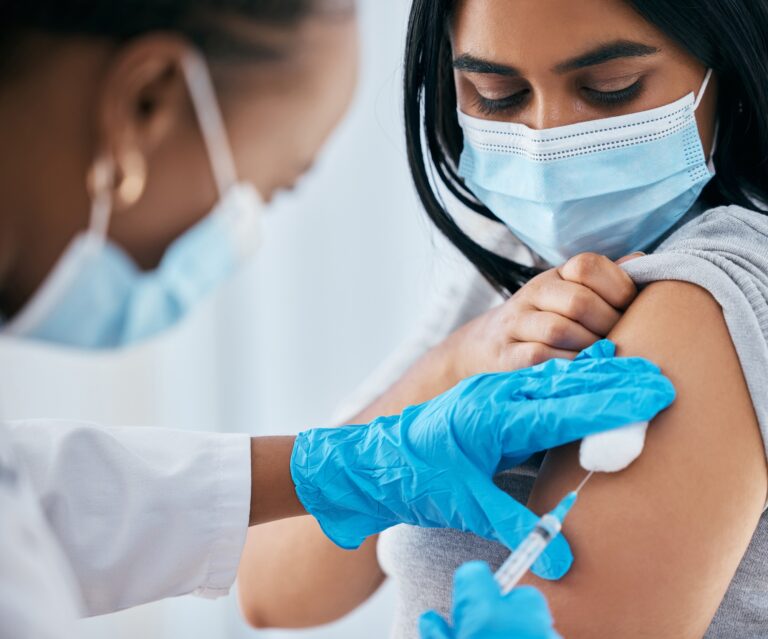Jesse Smedley
Jesse Smedley is the Principal Broker for iHealthBrokers and the founder, president, and CEO of Smedley Insurance Group, Inc. and iHealthBrokers.com. Since the inception of SIG in 2007, Jesse has been dedicated to helping people save money on their health insurance by providing them with resources to educate themselves on all their health insurance options, both under age 65 and Medicare beneficiaries. He is featured in many publications as well as writes regularly for expert columns regarding health insurance and Medicare.
- Jesse Smedleyhttps://ihealthbrokers.com/author/jsmedley/
- Jesse Smedleyhttps://ihealthbrokers.com/author/jsmedley/
- Jesse Smedleyhttps://ihealthbrokers.com/author/jsmedley/
- Jesse Smedleyhttps://ihealthbrokers.com/author/jsmedley/
Medicare Part D is possibly the most confusing part of Medicare. Especially when it comes to the donut hole.
Part D
You may or may not know that Original Medicare does not cover prescription drugs. There is a very small list of exceptions to this, for example, chemotherapy, vaccines administered in a doctor’s office and insulin administered via pump, amongst others. However, the prescriptions you take on a daily basis will likely not be covered by original Medicare. This is where Part D comes into play.
Part D is strictly prescription drug plans. You’ll pay a premium on a monthly basis to keep this insurance active. In return, you’ll pay a lower amount for prescriptions when you will them at the pharmacy or through a mail-order pharmacy.
Four Stages
And there are four stages of Part D. This is where things start to get confusing!
Deductible
Stage 1 is the deductible. This is the amount that you have to pay out of pocket before your insurance begins to contribute to the cost share.
Every year, the federal government sets limits and maximums for these stages. In 2023, the maximum deductible is $505. So that is the most you would have to pay out of pocket before your insurance begins to contribute.
However, many carriers offer plans with lower deductibles, so even no deductible. This may or may not work to your advantage, depending upon the copays and coinsurance for the medications you take as well as the premiums.
Medicare will keep track of how much you are spending and once you’ve met your deductible, you’ll enter into the initial coverage period.
Initial Coverage Phase
During the initial coverage period, you will be responsible for copays or coinsurance depending upon the tier of the medication. And there are five tiers:
Tiers
Plans have either four or five tiers of medication.
- Preferred Generic
- Preferred Brand
- Non-Preferred Generic
- Non-Preferred Brand
- Specialty
Generally speaking, the lower tiers will have lower copays, and prescriptions will get more expensive as you move towards the higher tiers. Again, there is a cap as set by the federal government. And in 2023, the cap is $4660.
Donut Hole
Stage 3 is the “Donut Hole”. This is also referred to as the coverage gap. During this phase, prescriptions will likely become more expensive. This was much worse in years prior, but recently steps have been taken to remediate this.
That being said, you will likely still see an increase in prescription drug prices during this time. Instead of a copay, you will pay up to 25% of the prescription’s cost.
If you hit $7400, you will enter into the final stage.
Catastrophic Coverage
All of this will help you get to catastrophic coverage. Should you hit this amount of prescription drug spending in a given year, your costs will drop down to 5% of the cost until your plan resets.










